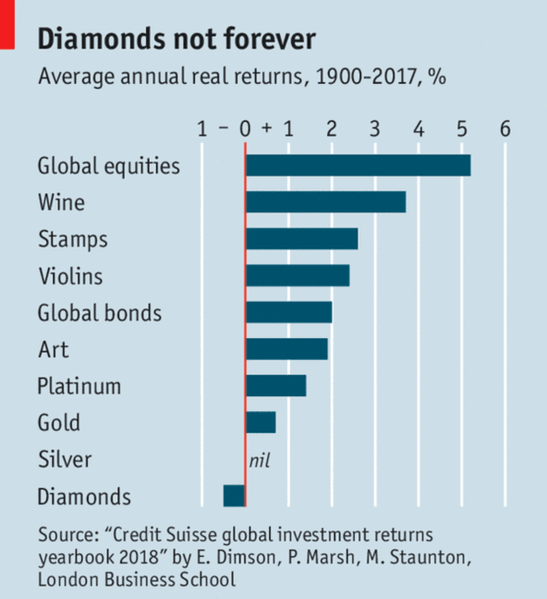

May 18, 2017 was a historic night.
As the gavel sounded, at Sotheby's auction house, a painting titled 'Untitled' by Jean-Michel Basquiat sold for $110.5 million.
It was a new record - the most expensive artwork by an American artist.The COVID-19 pandemic dampened fine art sales, but the industry is coming back.
At the end of March this year, a lesser-known Basquiat painting, Warrior, sold for $41.9 million.
Fine art has been a reliable asset class for centuries.
Limited supply is a powerful thing.
And in the minds of many, the best works are priceless.
Artwork, however, is just one of the many items investors love to find, own and collect.
A collectible can be any physical object that people can and do collect: from fine china to bottles of wine, from rare manuscripts to vintage cars — and everything in between.
Collectors gather these "tangible assets" because they love them.
Investors hang onto them in hopes that they'll increase in value over time.
Fine wines, whiskies, classic cars, baseball cards, stamps and even Pokemon cards have also made record-sales over the years.
A bottle of Chateau Lafite Rothschild from 1787 was sold for $156,450 in 1985, for example, because it was thought to belong to Thomas Jefferson.
But do collectibles make good investments?
Are they strong alternatives to investing in the stock market?

Wealth holdings of most individuals around the world have always been spread across different assets – mostly financial assets in modern times, but also real assets.
One of the biggest advantages that stocks have over other asset classes is liquidity.
Not only is it difficult to choose the right art to invest in, you also have to maintain the quality of the art, possibly pay for insurance, and protect against theft.
Art can be hard to sell, and prices can vary wildly.
The same goes for all the others.
Bend, scratch or tarnish a collectible item and the value may decrease by 90%.
Experts have analysed the returns on these ‘emotional assets’ and have concluded that between 1900 and 2012, these collectibles have produced a nominal annual return of 6.4%.
And a real return of 2.4%.
Although the return is reasonable, it’s far lower than the long-term rewards of investing in the equity market.
That’s not to say these collectible items are not for certain investors.
But who are they?
Watch this video for the answer.
You've probably read a story or two about someone who lucked out by purchasing an item at a garage sale, only to realise decades later it's a rare piece of art that can fetch well into the millions.
Or someone who bought a house and never knew the value of the antique furniture that came with it until selling it at an auction.
Most of these stories are based on luck.
Remember, collectable items are only worth what someone is willing to pay for them.
You have to have a very interested buyer in order to make any real profit.
So if you're going to collect anything - make sure it's because you have a vested interest in it.
And not because you're hoping it will appreciate in value...
That would be a risky game to play and your money would be far better put to work in the stock market.

